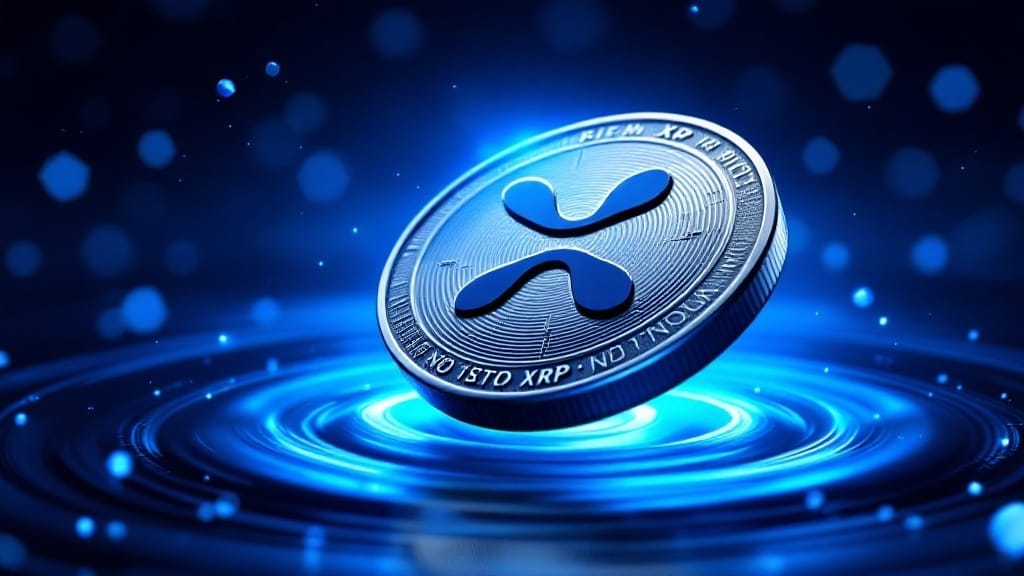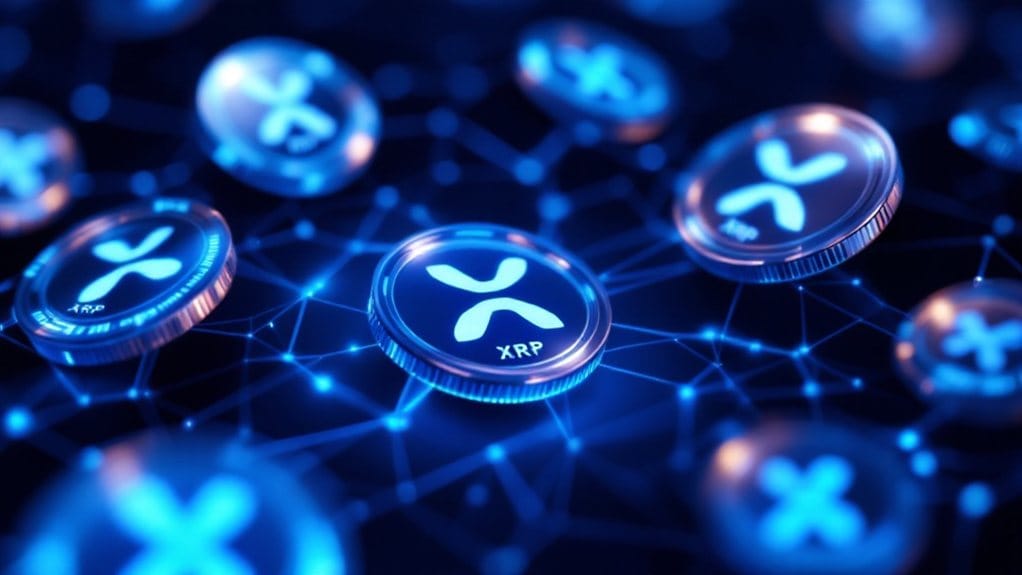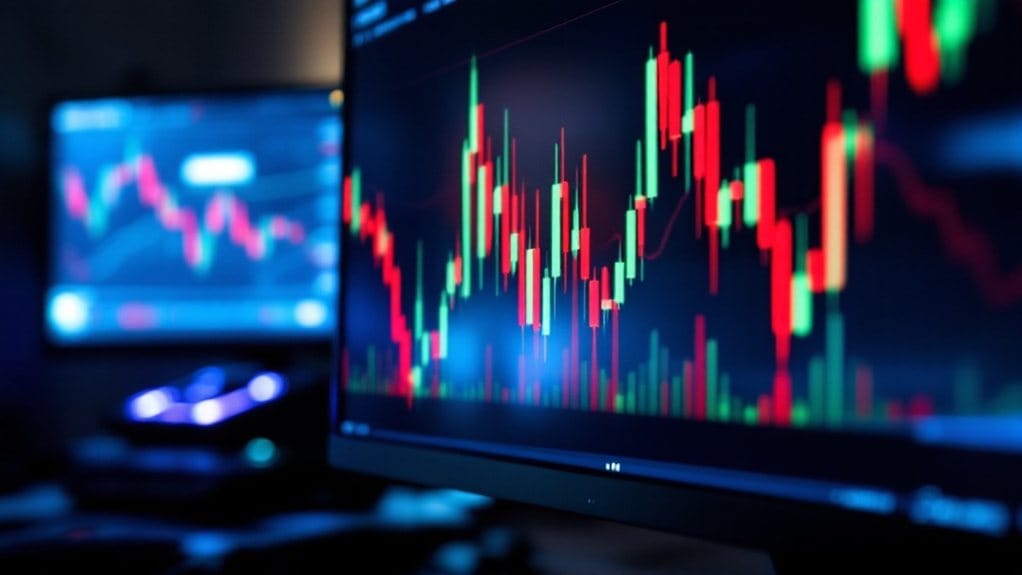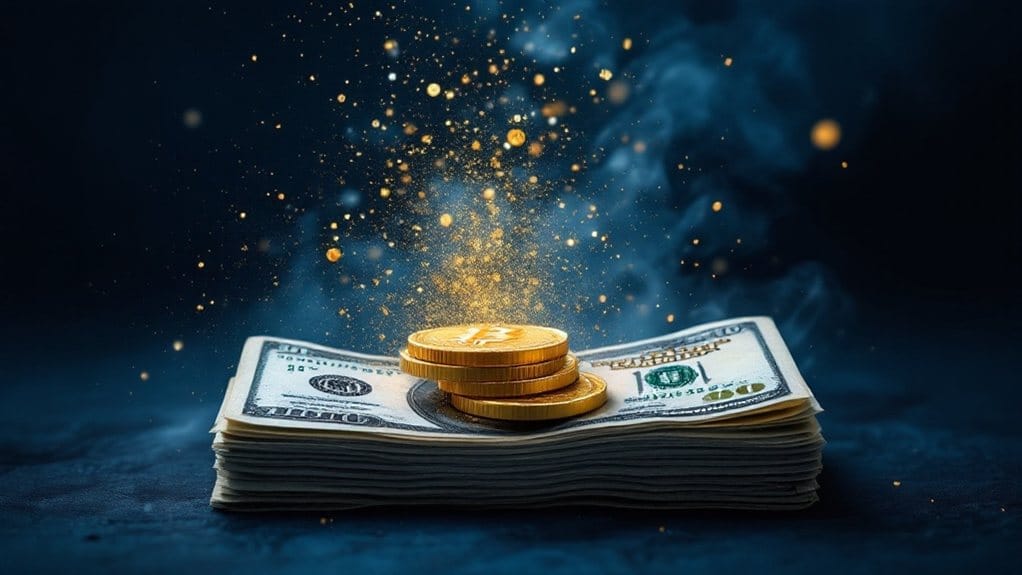XRP is a pioneering digital cryptocurrency launched in 2012 that operates on the XRP Ledger, an open-source blockchain utilizing Federated Consensus rather than traditional mining. The asset facilitates rapid cross-border payments and remittances, completing transactions within 3-5 moments while maintaining minimal energy consumption. With a capped supply of 100 billion tokens and significant institutional adoption following regulatory clarity in 2023, XRP’s technical innovation and practical utility in global finance continue to shape its expanding role in digital payments.

XRP, a pioneering digital asset launched in 2012, stands as one of the most influential cryptocurrencies in the global financial landscape. Founded by David Schwartz, Jed McCaleb, and Arthur Britto, XRP operates on the XRP Ledger, an open-source, decentralized blockchain that employs a unique Federated Consensus mechanism instead of traditional mining processes.
The cryptocurrency distinguishes itself through its remarkable efficiency, completing transactions within 3-5 moments while maintaining minimal energy consumption compared to other digital assets. XRP’s total supply is capped at 100 billion tokens, with approximately 57 billion currently in circulation, and its market capitalization exceeds $141 billion, reflecting substantial growth with a 291% increase in 2024 alone. Recent market activity shows 98% of Coinbase users are actively purchasing XRP.
At its core, XRP serves as a bridge currency for cross-border payments and remittances, enabling financial institutions to transfer value globally with reduced costs and improved speed. The XRP Ledger’s built-in decentralized exchange (DEX) facilitates multiple financial applications, while its scalable architecture supports high transaction volumes and advanced features like tokenization and decentralized applications. The July 2023 court decision determined that XRP is not security when sold on public exchanges, providing regulatory clarity for institutional adoption. Unlike traditional financial systems that rely on intermediaries, XRP’s trustless environment enables direct peer-to-peer transactions without the need for central authorities.
XRP revolutionizes global finance through efficient cross-border transactions, while its ledger enables diverse applications through advanced technological capabilities.
The relationship between XRP and Ripple, a prominent financial services company, has been instrumental in driving adoption and development. While Ripple utilizes XRP in its payment platforms, particularly RippleNet, the company does not own or control the XRP Ledger, though it maintains a significant allocation of tokens for ecosystem development.
XRP’s technical infrastructure incorporates a deflationary mechanism through token burning during transactions, ensuring network security and long-term value preservation. The cryptocurrency’s presence across numerous trading platforms enables multiple financial instruments, including futures, options, and swaps, while its support for central bank digital currencies (CBDCs) and stablecoins positions it as a versatile tool in the evolving digital finance landscape.
This combination of technical innovation, practical utility, and market presence establishes XRP as a significant force in the cryptocurrency ecosystem.
FAQs
Can XRP Be Mined Like Bitcoin and Other Cryptocurrencies?
XRP cannot be mined like Bitcoin and other cryptocurrencies because all 100 billion XRP tokens were pre-mined during the cryptocurrency’s creation.
Instead of mining, XRP uses the Ripple Protocol Consensus Algorithm (RPCA), where trusted validators confirm transactions.
This system eliminates the need for traditional proof-of-work mining, making it more energy-efficient and enabling faster transaction processing times of just a few moments.
How Does Xrp’s Consensus Mechanism Differ From Proof-Of-Work?
XRP’s consensus mechanism fundamentally differs from proof-of-work through its validator-based approach, eliminating the need for energy-intensive mining.
While PoW requires miners to solve complex mathematical puzzles, XRP relies on trusted validators who participate in consensus rounds to verify transactions.
This process enables XRP to achieve transaction finality within moments, compared to PoW’s longer confirmation times, while maintaining security through a distributed network of trusted nodes.
What Banks and Financial Institutions Currently Use XRP?
Several financial institutions actively utilize XRP through Ripple’s On-Demand Liquidity (ODL) solution, including Tranglo and SBI Remit for cross-border remittances.
Frankenmuth Credit Union has integrated XRP transactions for its members, while Cuallix employs the technology for international payments.
In Japan, multiple financial institutions have adopted XRP-based solutions, though many major global banks currently use RippleNet without implementing XRP specifically in their operations.
Why Does XRP Face Ongoing Regulatory Challenges From the SEC?
XRP faces SEC scrutiny primarily due to allegations that Ripple conducted an unregistered securities offering worth $1.3 billion.
The core dispute centers on whether XRP constitutes a security under the Howey Test, which evaluates if an asset represents an investment contract.
While Ripple maintains XRP is a currency for cross-border payments, the SEC argues the token’s institutional sales and marketing created expectations of profit from Ripple’s efforts.
How Does XRP Achieve Faster Transaction Speeds Than Other Cryptocurrencies?
XRP achieves superior transaction speeds through its unique Ripple Protocol Consensus Algorithm (RPCA), which validates transactions via trusted nodes rather than traditional blockchain mining.
The network’s non-blockchain structure processes approximately 1,500 transactions per second, while the pre-mined supply eliminates time-consuming mining operations.
Moreover, the system’s low energy consumption and efficient validation process enable near-instantaneous settlement, typically completing transactions within 3-5 seconds.









